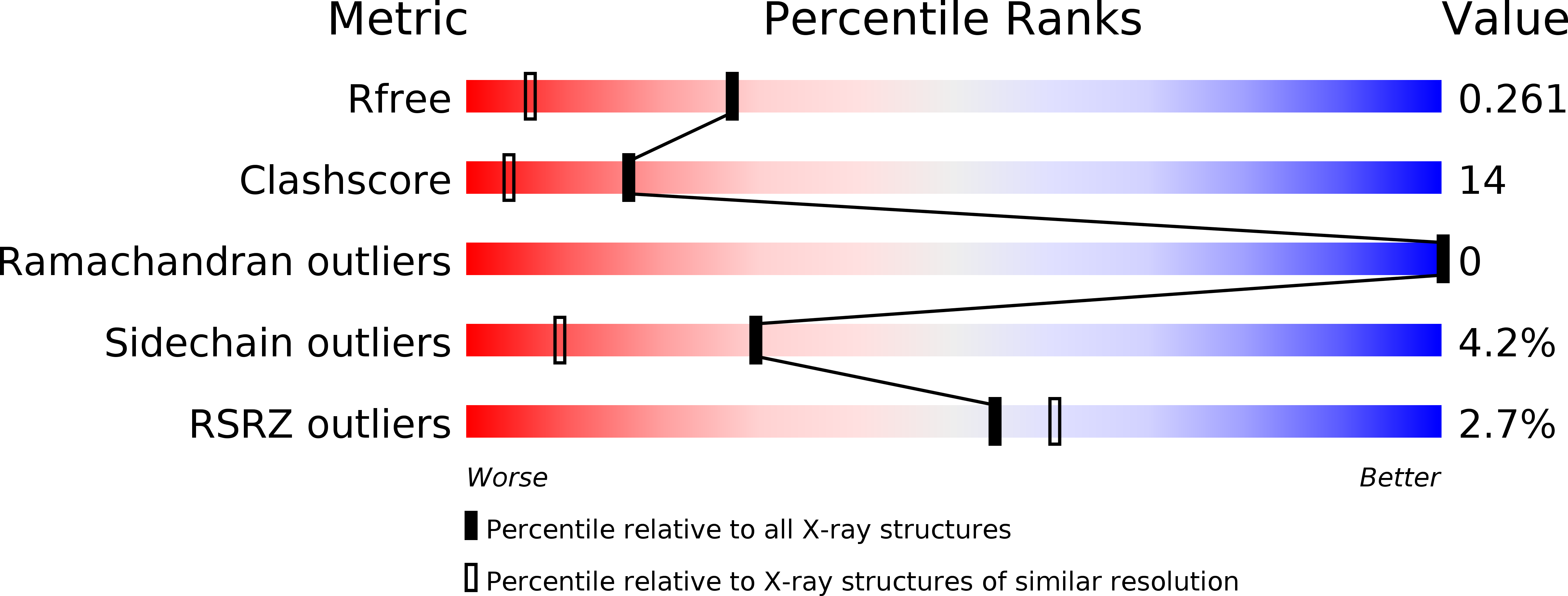
Deposition Date
2011-12-09
Release Date
2012-10-24
Last Version Date
2024-03-20
Entry Detail
PDB ID:
3V10
Keywords:
Title:
Crystal structure of the collagen binding domain of Erysipelothrix rhusiopathiae surface protein RspB
Biological Source:
Source Organism:
Erysipelothrix rhusiopathiae (Taxon ID: 1648)
Host Organism:
Method Details:
Experimental Method:
Resolution:
1.75 Å
R-Value Free:
0.26
R-Value Work:
0.22
Space Group:
P 1 21 1


